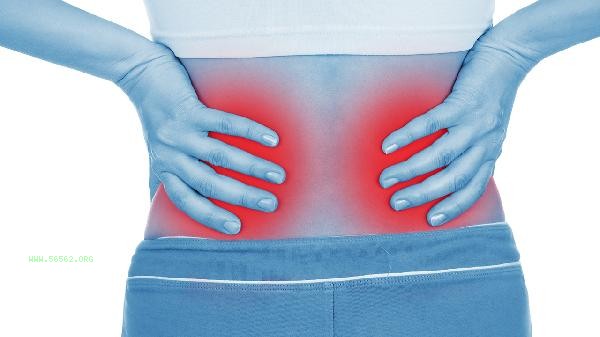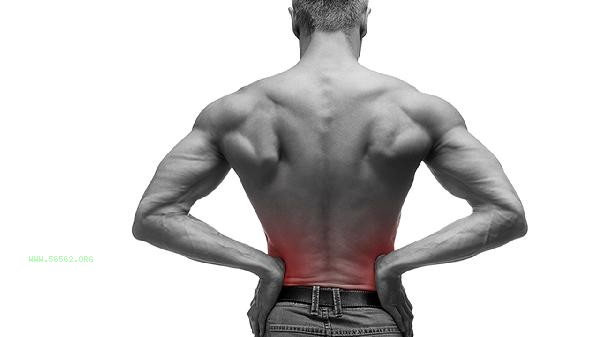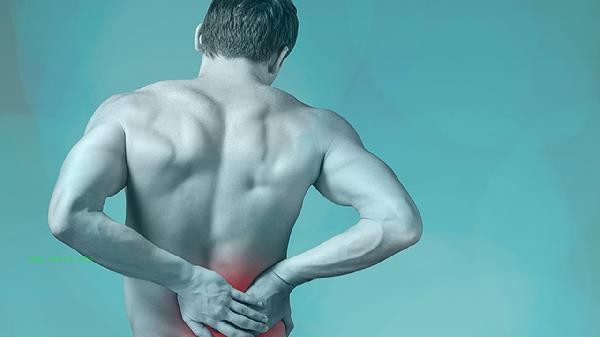Eating too much waist may lead to weight gain, but it depends on the amount consumed and the overall dietary structure. Waist is rich in protein and fat. Moderate consumption can help supplement nutrition, while excessive intake may increase calorie intake.

Waist belongs to animal organs and contains a high proportion of high-quality protein and iron elements, which is beneficial for people with iron deficiency anemia or protein deficiency. Its fat content is about twice that of regular lean meat, providing more calories per 100 grams. It is recommended for normal adults to consume animal organs two to three times a week, with no more than 100 grams per time. Eating vegetables and fruits rich in dietary fiber can slow down the rate of fat absorption.

Some special populations need to pay attention to controlling waist intake. Patients with hyperuricemia or gout should reduce their consumption as their high purine content may trigger symptoms. Chronic kidney disease patients need to limit their total protein intake, as excessive consumption may increase the burden on the kidneys. People with metabolic syndrome who consume a large amount of high-fat internal organs for a long time may affect their blood lipid metabolism.

It is recommended to include kidneys as a part of a diversified diet and avoid consuming them continuously for multiple days. When cooking, choose to blanch and then stir fry or stir fry to reduce the addition of oil. Paired with green peppers or broccoli rich in vitamin C, it can promote iron absorption. Maintaining regular exercise habits and engaging in aerobic exercise for at least thirty minutes daily can help maintain energy balance. If there is abnormal weight gain, it is necessary to adjust the diet structure in a timely manner and consult a nutritionist.








Comments (0)
Leave a Comment
No comments yet
Be the first to share your thoughts!